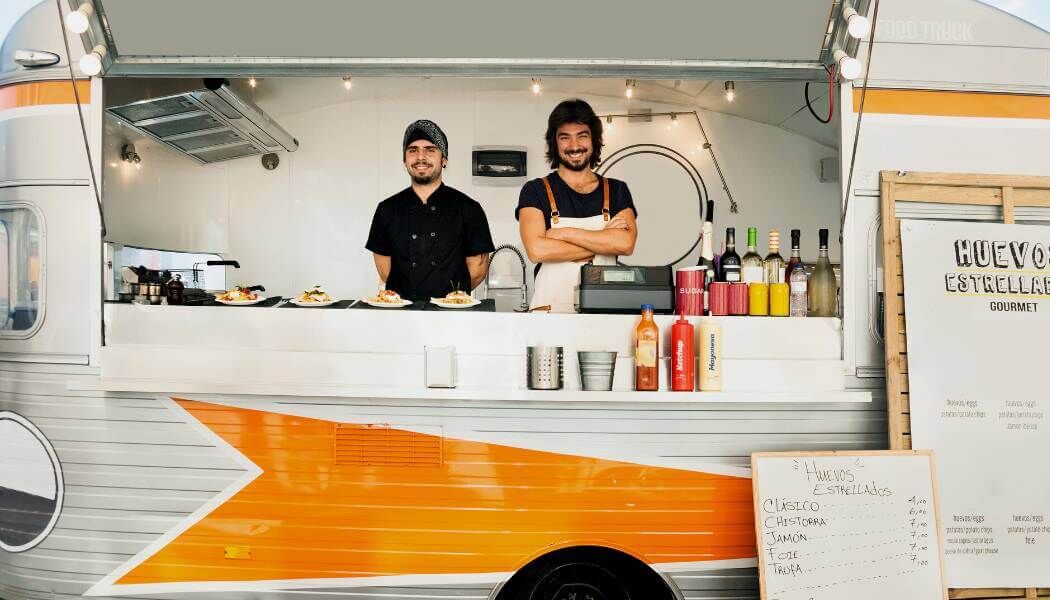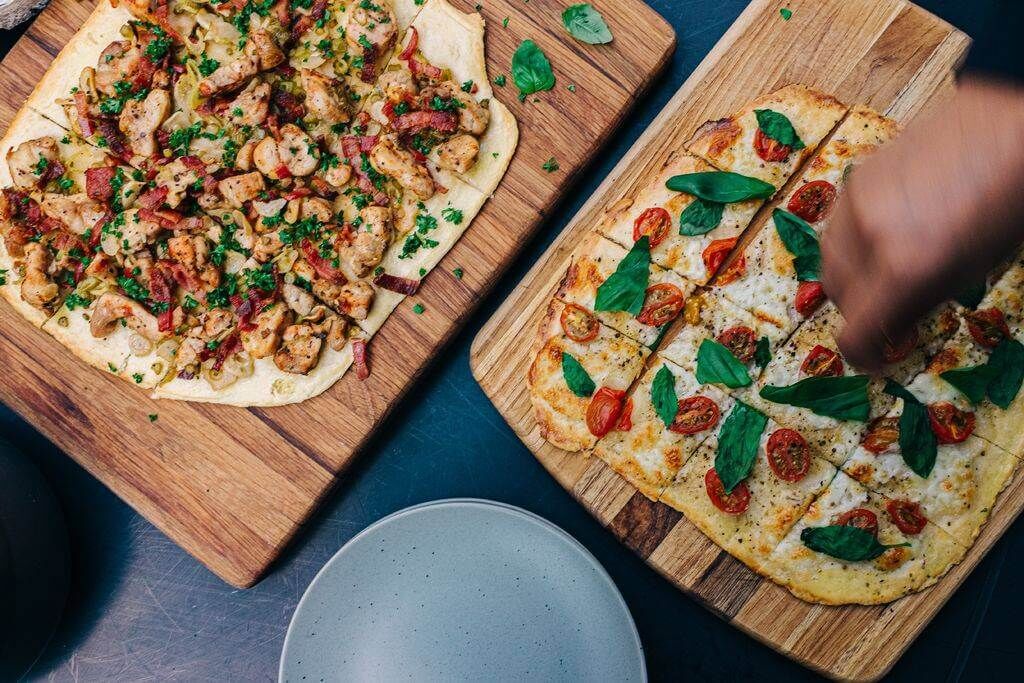
6 ways to use restaurant data analytics to increase revenue
Who needs data analytics when you’ve been running a restaurant since forever, right? Not quite. Observation and experience aren’t always enough to identify trends, understand your customers’ behavior, or evaluate your staff. Data analysis can dig deeper and provide you with eye-opening insights. Then, you can use these insights for tweaks, improvements, and better business decisions that will lead to more profit. But first things first...
What are restaurant data analytics?
Restaurant data analytics is the process of analyzing every piece of data related to your restaurant. Data analytics software specifically designed for restaurants imports data from your POS, online ordering system, CRM, etc. and subsequently analyzes it.
And what kind of data can it be? Pretty much anything you can think of: most ordered items, time spent browsing the menu, busy hours, recipe cost, staff performance, average order value, order frequency, and much, much more.
How can I use restaurant data analytics to increase profit?
Let’s see how you can use all this data to operate your restaurant more efficiently and bring in more revenue:
1. Monitor staff performance
Both your in-house staff and your delivery crew are pivotal to your success. It’s impossible to know who is doing what all the time, though, and relying on “trusted” employees’ opinions is a questionable practice. Restaurant data analytics is the most reliable way to evaluate your kitchen staff, your servers, and your delivery crew.
Restaurant data analytics tells you everything you need to know: When and how much food is wasted (time to have a chat with your cook or your food inventory manager). Who is giving away free desserts (this could indicate slow service). Who does a great job upselling (they can teach others, too!).
Knowing how your staff performs not only helps improve the customer experience but also prevent staff turnover. When you know who is underperforming, you can discuss and find a solution, like additional training. Identifying your top performers is also crucial. You can arrange for them to work during special events and busy hours and increase their compensation to reward their excellent work.
2. Schedule shifts more efficiently
Many restaurants seem to never have the right amount of staff on duty. But being overstaffed is bad to your team’s morale and your bottom line. Being understaffed means you overwork your employees and, still, your customers aren’t served fast enough.
Restaurant data analytics help you identify slow and busy hours and schedule shifts accordingly. Or you might realize that at specific hours people order more drinks than food, so you can occupy less kitchen staff during these hours. By analyzing historical data, you can predict how busy you’ll be during holidays, and add extra shifts and part-time employees as needed.
3. Tweak your menu
Things aren’t always as simple as “This dish sells and this doesn’t, so this brings profit and this does not.” Sometimes a dish isn’t particularly popular. But once a customer orders it, they order it every time. So if this dish were promoted better, it could turn into a best seller and your customers’ favorite. Other dishes might be ordered frequently, but just once. This means they’re not as good as you’d like to believe, so you can try changing the recipe.
There are many different scenarios where data analytics will help bring out dishes that have potential or discover plates that fail to impress and might even be the reason why a first-time customer doesn’t turn into repeat.
4. Offer superior customer experience
Use the data you collect and analyze to offer your customers better service and build a rapport with them. By knowing which items they order the most, for example, you can offer them their favorite dessert on special occasions or a sample of similar dishes they might enjoy. Also, by knowing at which hours people order which items, you can prepare adequate quantities beforehand. And knowing when you’ll be the busiest, you can equip your shifts with more experienced staff to serve people fast.
Your off-premises customers are just as important as your dine-in, so you must ensure they’re satisfied as well. Common issues like slow delivery times or drivers choosing to serve specific customers first can be easily resolved with a driver assist app.
5. Reduce food waste
Food waste is not only a waste of money but, when it’s done habitually and excessively, it’s also unethical. Using restaurant data analytics, you can find out how and why you waste food. Do you often throw items with a short expiration date that weren’t consumed? Could these items be replaced with a similar product? You could try different recipes and cooking methods to reduce waste. Or you might need to eliminate certain dishes if you find out that you keep throwing away the same food. To stop losing money and wasting food, study your numbers.
6. Improve your marketing
Restaurants spend large sums of money on marketing efforts. These are usually in the form of promotional offers or paid ads. Restaurant data analytics helps you build more accurate customer profiles and target the right demographics for your restaurant. You can also use this information to improve your loyalty reward program and offer customers the rewards they enjoy the best.
With restaurant data analytics, you can know food sure whether your promotional campaigns bring in profitable returns. For example, during “happy hour,” you pay an extra shift to handle the workload. During the cost vs analysis, you find out that the profit you make during happy hours doesn’t cover the cost of paying for more staff. This means that your promotion, despite looking successful at first glance, isn’t really working that well.
Food for thought
Data-driven decisions are safer decisions. If you want to expand your business with less risk or simply better understand where you stand now, restaurant data analytics will give you all the answers you need.
Did you know that your online ordering system can also help you increase revenue by bringing new business in? To find out more, read our post 6 ways an online food ordering system helps you attract new customers.





